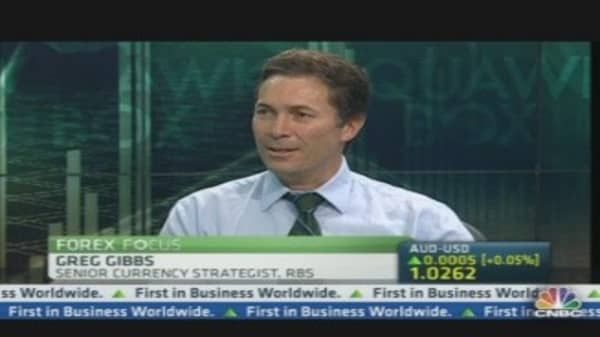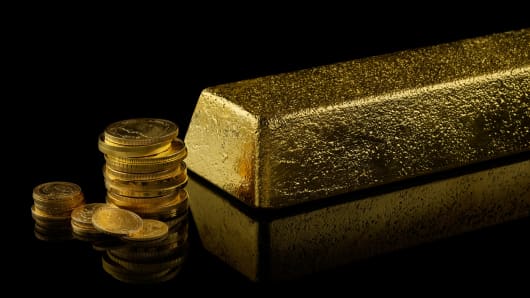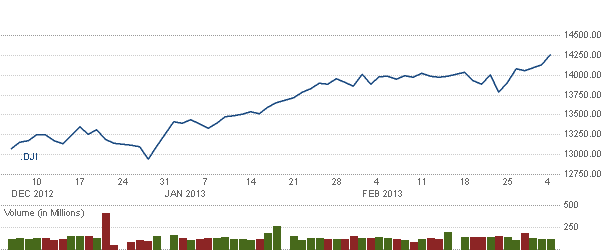As the Dow Jones Industrial Average surged to a record high on Tuesday, one analyst has labeled the average the "new safe haven."
The Dow industrial average rose 0.9 percent to 14,253 points on Tuesday, surging past highs seen in 2007 just prior to the onset of the financial crisis.
Gregg Gibbs, senior foreign-exchange strategist at global investment bank RBS, said the resilience of the Wall Street index in contrast to other asset classes makes it a fresh safe haven for investors.
(Read More: Dow Finishes at All-Time High, Smashes 2007's Record)
"We have been looking at the Dow as the new safe haven," Gibbs said on CNBC's "Asia Squawk Box" on Wednesday.
"When you look at the Dow and the U.S. dollar compared with many emerging markets including China, the U.S. offers the best economy with the best outlook globally," he said.
The Dow has enjoyed a strong rally this year, surging almost 9 percent year-to-date on the back of the U.S. government's avoidance of the "fiscal cliff" and its central bank's continuation of loose monetary policy.
The decreasing appeal of other asset classes has led investors to look for fresh areas of safety, said Gibbs.
"Bond yields are at record lows and cash rates are at zero, so equities are now seen as the place to put your money, especially as central banks continue to provide quantitative easing measures," said Gibbs. "Furthermore, the Fed is striving for growth and will accept higher inflation so equities work as an inflation hedge," he added.






